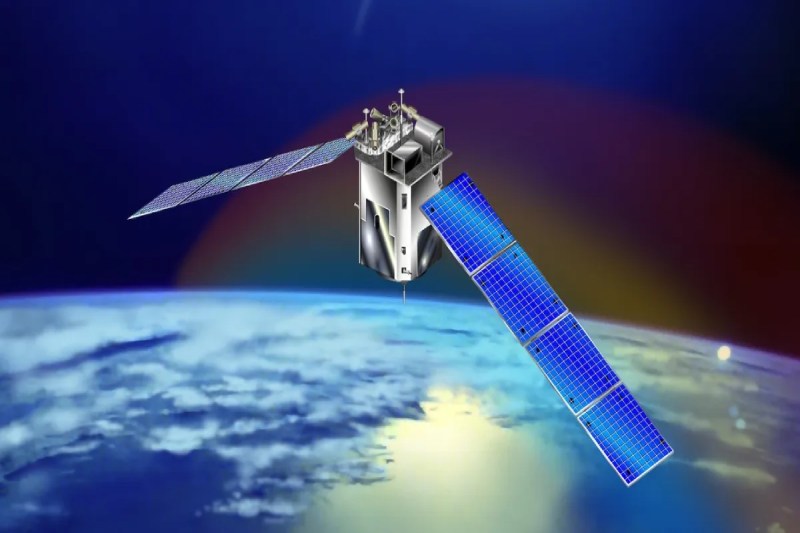“Too Close for Comfort”: A Near-Miss Collision Between Two Satellites Above Earth

Concerns regarding the dangers of space debris were raised after two satellites—NASA’s TIMED spacecraft and the now-defunct Russian Cosmos 2221—came dangerously near to colliding above Earth.
The two satellites passed one another at a distance of around 378 miles (608 kilometers) above Earth on Wednesday morning, almost 1:30 a.m. ET, according to LeoLabs, a California-based business that specializes in detecting and studying objects in Low Earth Orbit.
The spacecraft in question were the Russian Cosmos 2221, a defunct defense satellite launched in 1992, and NASA’s Thermosphere Ionosphere Mesosphere Energetics and Dynamics Mission (TIMED), which was launched in 2001 to research the Sun and Earth’s upper atmosphere. The two satellites were only 66 feet (20 meters) apart, according to LeoLabs. This was “too close for comfort,” the corporation stated on X, given the speed at which these things travel—over 17,500 miles per hour (28,165 kilometers per hour). Because neither of these spacecraft can maneuver, ground observers are forced to watch helplessly and are unable to take action.
“Indeed, the two satellites likely passed within 20 meters of each other,” LeoLabs’ senior technical fellow Darren McKnight explained to Gizmodo in an email. “We monitor over 20,000 objects in Low Earth Orbit (LEO) using our 10 phased array radars worldwide. We can identify and update the orbital trajectories of all of these objects several times a day.”
In a statement, NASA admitted that there would have been “significant debris generation” if the satellites had collided. In particular, the lower orbits typically utilized by crewed space missions and satellite constellations would have been affected, increasing the likelihood of more collisions throughout a broad region of low Earth orbit (LEO).
After conducting more analysis, LeoLabs estimated that a collision might have produced between 2,000 and 7,000 trackable fragments. This estimate takes into account the spacecraft’s overall mass, design, relative velocity, and angle of impact. There were approximately 12,000 fragments in LEO as of February 15, and the business claims that this occurrence may have increased the quantity by 50%.
LeoLabs reports that there have only been six instances of these near-misses in the last two years that involved a miss distance of less than 66 feet between “two intact, non-maneuverable objects.” This most recent occurrence undoubtedly emphasizes the mounting worries about space debris and the necessity of enhanced mitigation and monitoring techniques to guarantee the security of ongoing and upcoming space missions.
“This event is indicative of an increasing number of near misses in LEO,” McKnight said. “Some altitude regions are worse than others, but generally half of the population in LEO is comprised of fragments and massive derelict objects,” including abandoned rocket bodies and non-operational payloads. Large derelict objects represent just 12% of the total number in space, he said, yet they account for 45% of the total mass. This is significant, as collisions between these large objects can create thousands of fragments, escalating the risk of further impacts. “Lastly, constellations of smallsats are being deployed on a regular basis and their resiliency requires space traffic coordination processes and technologies to ensure their long-term safe operations,” McKnight added.
A satellite has only collided with another once thus far. This happened in 2009 when the decommissioned Russian military spacecraft Kosmos-2251 and the American communications satellite Iridium 33 collided in orbit 490 miles (789 kilometers) above Siberia. According to NASA, the event produced more than 1,800 pieces of debris larger than 3.9 inches (10 cm), making it the most “severe accidental fragmentation on record.”
Fortunately, the Federal Communications Commission has recently imposed rules requiring satellite providers to retire their satellites within five years of the completion of their missions, lowering the risk of space debris and potential collisions. As a result, incidents such as these should gradually decline.